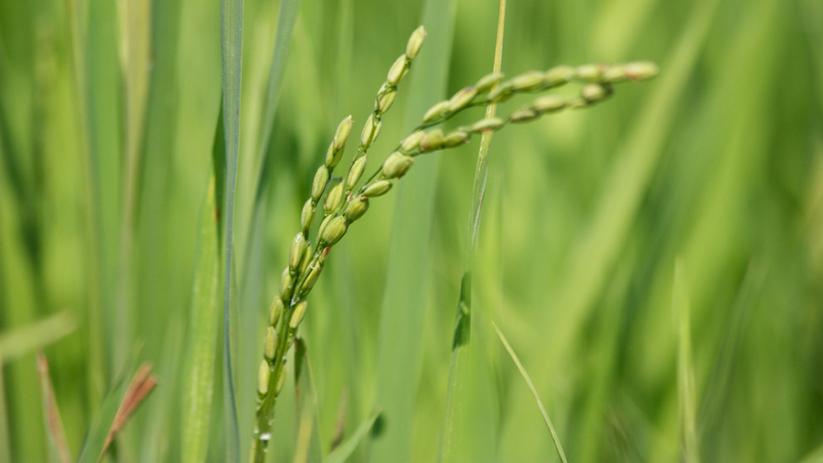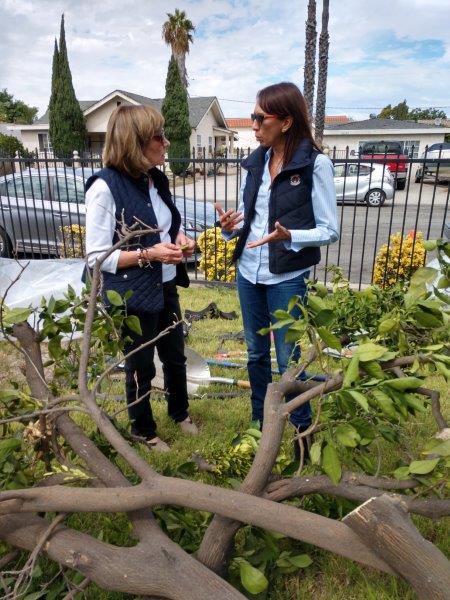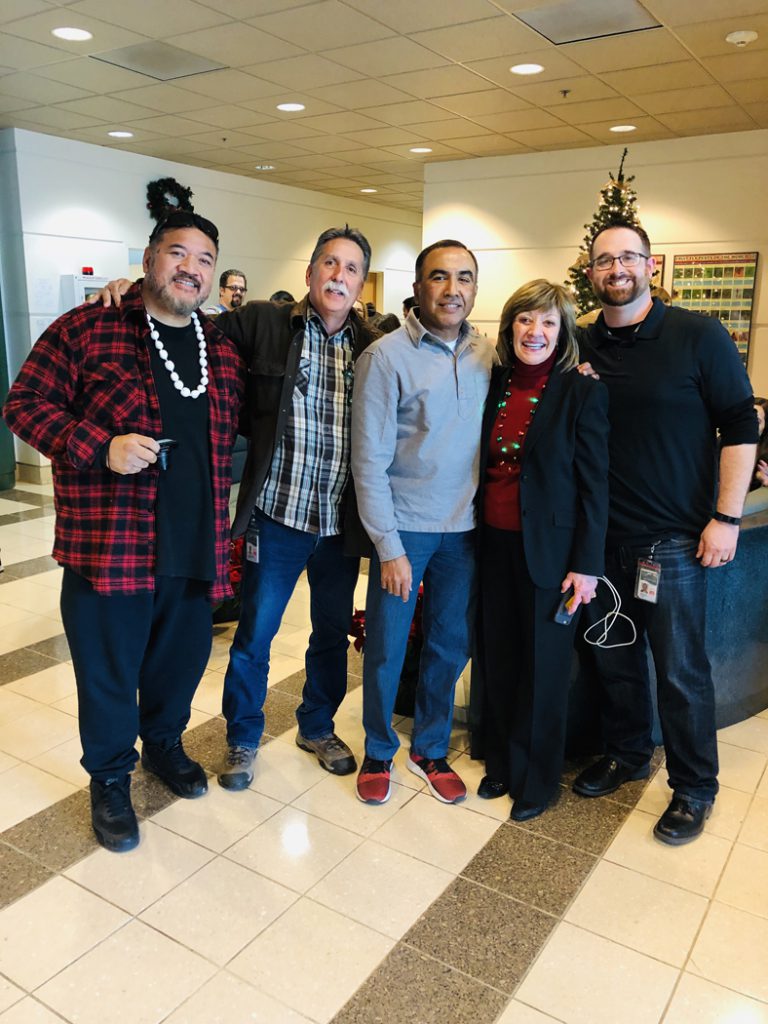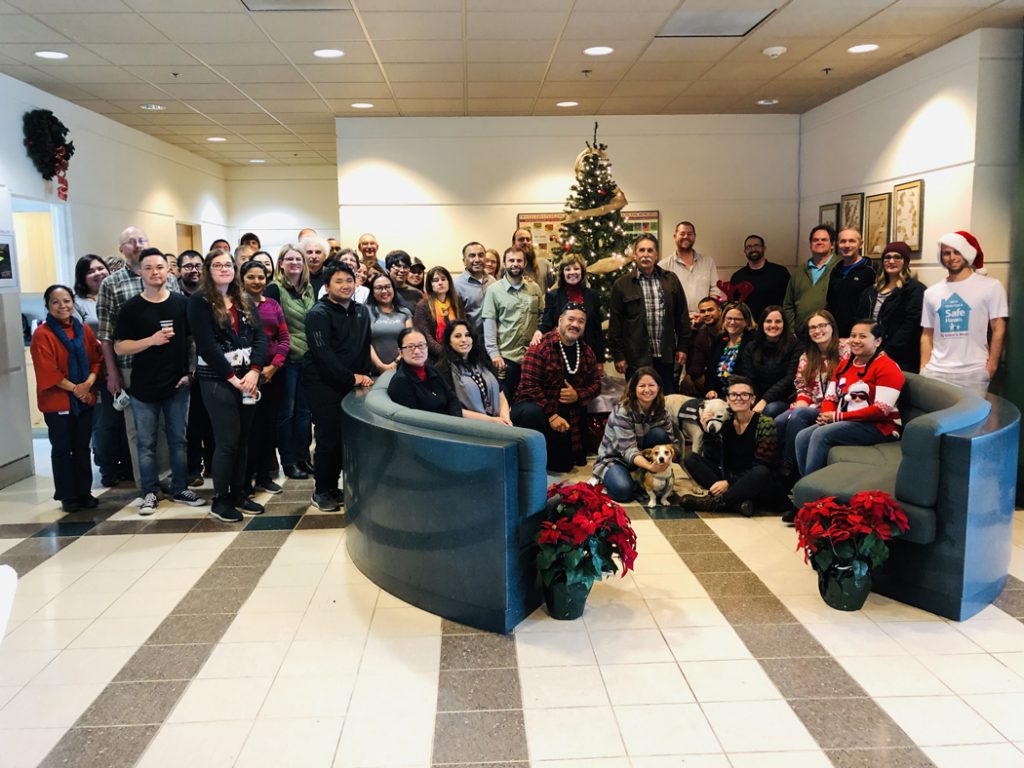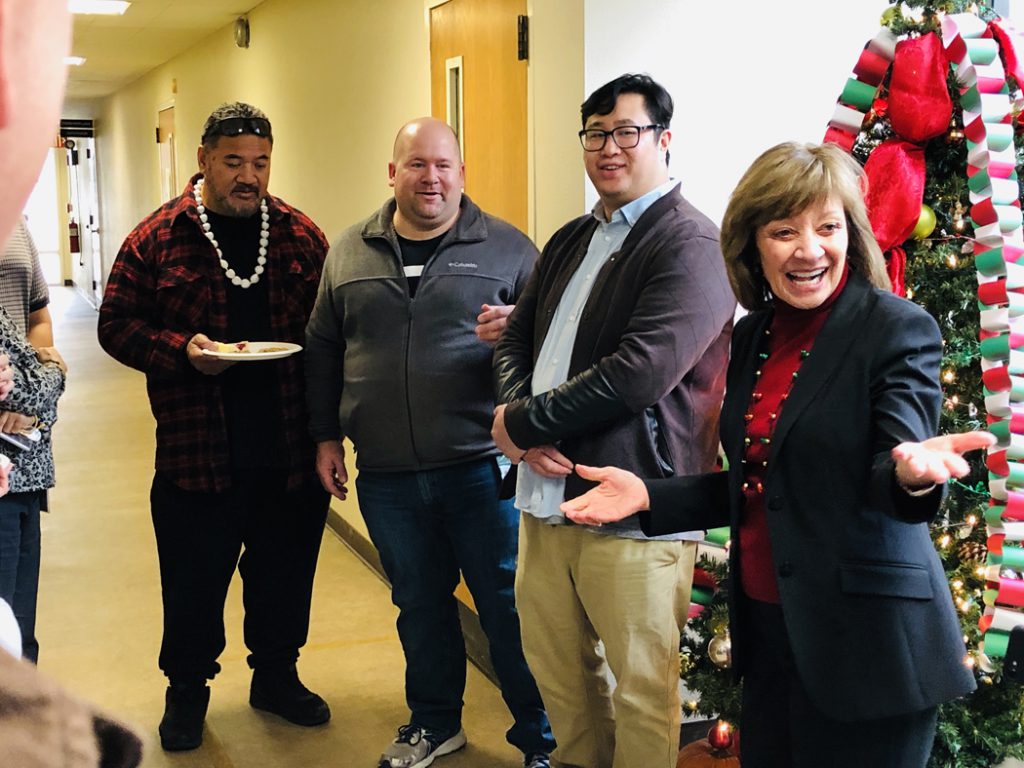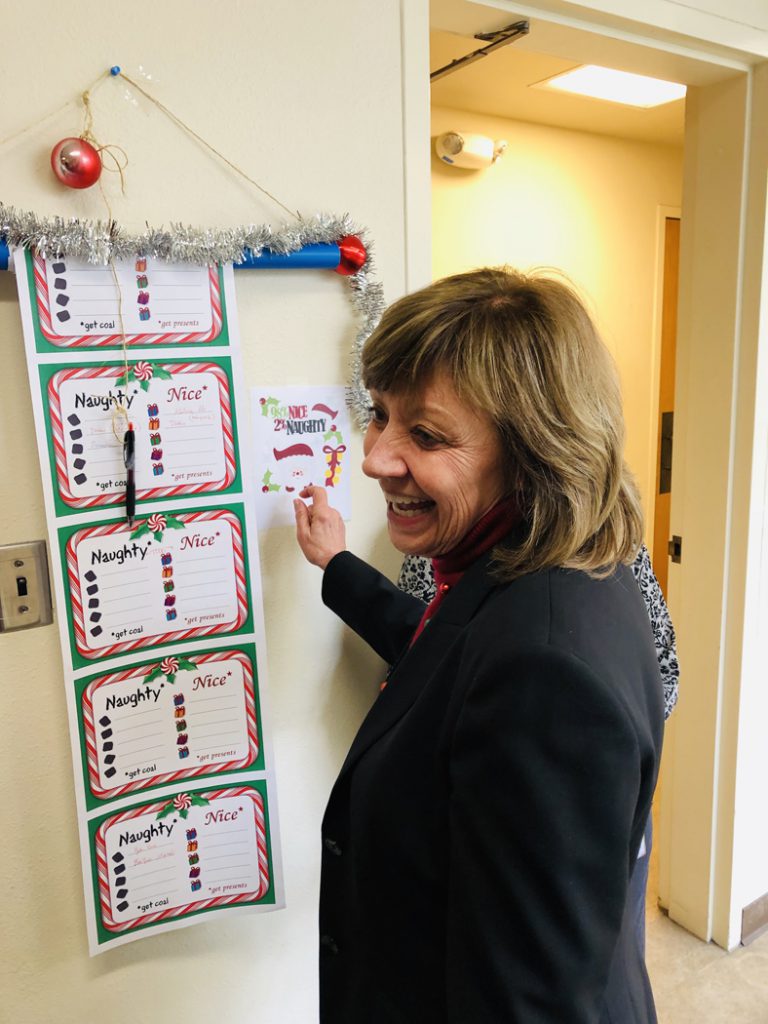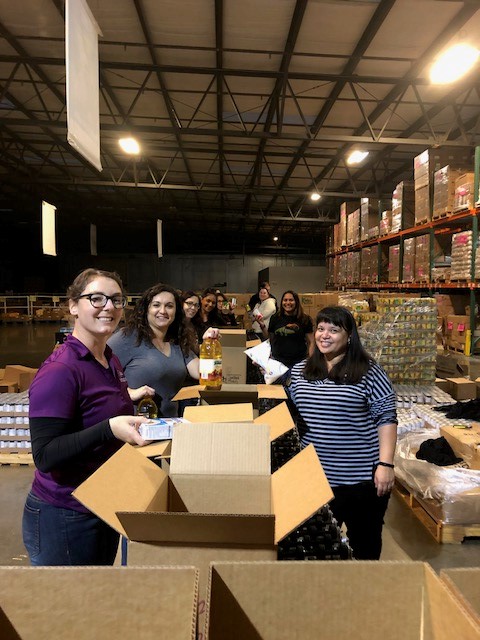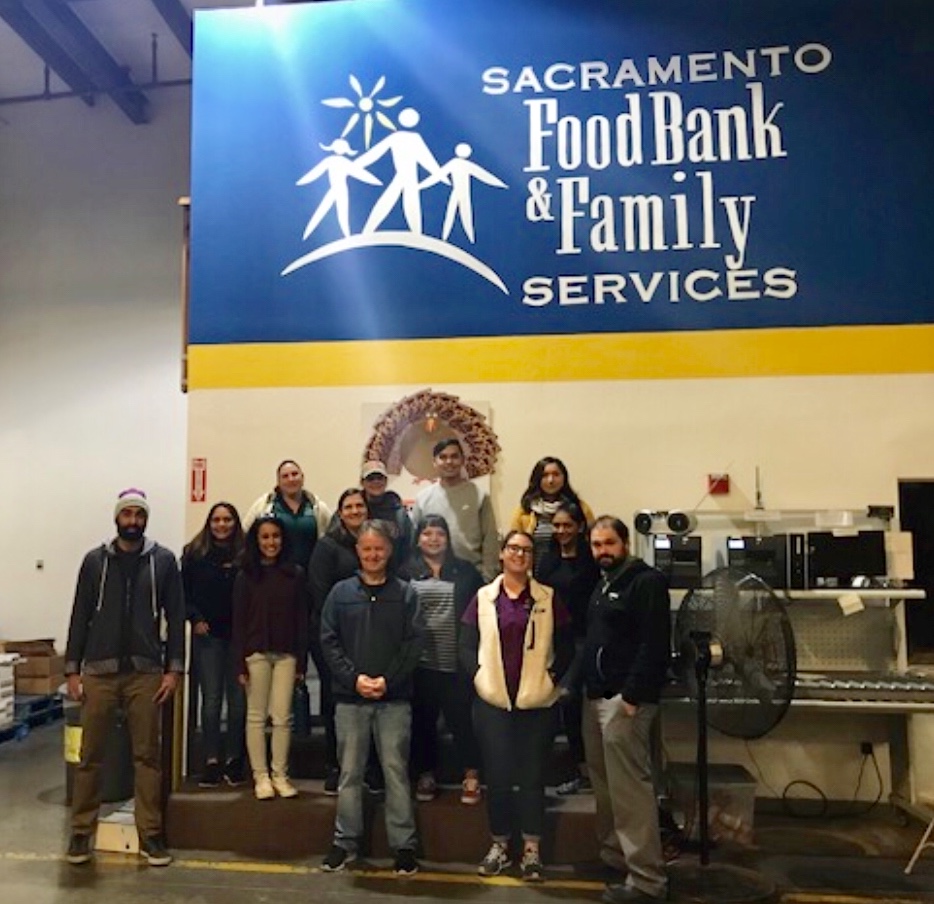From Morning Ag Clips
The results are in for World Ag Expo’s® Top-10 New Products Competition. The winners will be showcased February 12-14, 2019, during the World Ag Expo® in Tulare, California.
A large and impressive field of cutting-edge, cost-saving, and resource-managing products were submitted for the contest by exhibitors of the largest annual agricultural show of its kind. The contest judges were made up of farmers, ranchers and industry professionals.
Winners will be noted on show maps, marked with “Top-10 Winner” flags at the show and recognized at an awards session at World Ag Expo® Opening Ceremonies on Tuesday, February 12, 2019.
The competition is conducted annually by the International Agri-Center®, in conjunction with World Ag Expo®, which draws more than 1,400 exhibitors and an estimated annual average of 100,000 individuals from 70 countries. Exhibitors must nominate their products for judging by the October 31 deadline to be eligible. For more information on the contest and winners, including contacts and photos, please email media@farmshow.org.
Andros Engineering Corporation – Wide Trellis Pre-Pruner
The Andros Engineering Wide Trellis Pre-Pruner cuts and strips excess canes from table grape vineyards grown on a wide “Y” trellis. The Andros Pre-Pruner attaches to the front of a tractor with a three-point hitch, utilizes the tractor hydraulic system, and has a one-handed controller. Dual cutters can be adjusted for pressure sensitivity, cutter speed, head height, and head angle.
Website: www.andros-engineering.com
Exhibit Space: N46, N48, N50
Location: Paso Robles, CA
Automated Ag Systems – The Cyclone
This vacuum machine was designed to aid in the efficiency of harvest, alleviate worker fatigue, and reduce bruising during harvest. As fruit is being picked, pickers place the fruit into the padded bucket, attached to the bucket are fabric lined tubes, the vacuum creates suction to the tubes which then takes the fruit into the decelerator, placing each piece of fruit into an individual “cup”, then “drops” the fruit into the bin filler, where it is placed gently and quickly into the bin. As the bin fills, the electronic eye slowly lowers the bin, allowing the bin to fill without damaging fruit in the process. We can create better time efficiency during harvest, speeding up the per bin harvest time compared to traditional ladder pick.
Website: www.automatedag.com
Exhibit Space: Q36, Q38
Location: Moses Lake, WA
Calf-Tel – Calf-Tel Plastic Floor
The Calf-Tel plastic floor was designed and developed as a critical component of a calf raising system. The flooring can be dropped into existing, standard wood bases, replacing the common wood slat floors currently in use. Wooden floors are inherently porous, absorbing bacteria and other bioburdens that are harmful to calf health and break down the wood over time. Calf-Tel floor is made of a structural, plastic foam that provides flexible cushioning under the calves’ weight for added comfort under hoof and while laying down. The floor was designed with more open area than wooden floors, resulting in better waste pass-through and superior ventilation. Easier to clean and far less maintenance than existing floors resulting in labor efficiency for calf raisers.
Website: www.calf-tel.com
Exhibit Space: DS108, DS110
Location: Germantown, WI
Eco Transportation Products – ETP Tire Sealant Pumping System
In partnership with Ingersoll Rand, we developed a system to pump Monster Seal Tire Sealant into a 11R-22.5 truck tire in one minute. Along with the intellectual ETP installation gun, we can quickly and efficiently get our Monster Seal Tire Sealant into a pneumatic tire.
Our two-line sealant and air hose connection kit comes with a meter and air pressure gauge, which will allow you to quickly monitor air pressure settings to maintain correct PSI and record the correct amount of Monster Seal Tire Sealant installed. We also designed it to be used with your stationary air source, compressor truck or portable air source.
Website: www.ecotransportationproducts.com
Exhibit Space: 4305
Location: Long Beach, CA
Groupe Anderson, Inc. – RBMPRO 2000™ – Self-Loading Wrapped Silage Bale Mover
The new Anderson self-loading bale carrier, RBMPRO 2000™, is the perfect solution for picking up, carrying and unloading round wrapped silage bales. The RBMPRO 2000™ is fully automatic and features an innovative plastic care free loading arm including an in-motion loading system, a rotating grabber and a telescopic member. Wrapped bales can be grabbed at a speed of 3km/h without damaging the plastic. Bales can be collected vertically or horizontally, when travelling the same path as the baler-wrapper. The RBMPRO 2000™ also features an adjustable roller bed platform that allows the equipment to carry up to 20 bales from 4×4 feet to 5×5 feet, and rear hydraulic stoppers that allows to unload bales on their flat end or on their side. The RBMPRO 2000™ is the new time efficient and cost-effective way of transporting wrapped bales.
Website: www.grpanderson.com
Exhibit Space: DS149
Location: Chesterville, Quebec, Canada
KEITH Manufacturing – KEITH WalkBox Unloader
The KEITH® WalkBox™ horizontal unloader is a moving floor system installed on a truck chassis. It incorporates WALKING FLOOR® technology, which is a series of floor slats powered by a hydraulic drive that “walks” material out the back of the truck body, with no tipping. Unlike a dump truck, the WalkBox system unloads horizontally. This enables the WalkBox™ system to unload in areas inaccessible to dump or tipping trailers/truck bodies, such as under utility lines and trees; inside buildings; on uneven ground and during windy conditions. Accessories include a manual tarp system that automatically sweeps material out with no need to clean out the box with a broom. A cover tarp also keeps material inside the box while in transit.
Website: www.keithwalkingfloor.com
Exhibit Space: S37, T32, U31
Location: Madras, OR
Semex – Immunity Female Genomic Test with Elevate™
Semex is excited to offer a genomic test that ranks and selects cows based on their individual Immunity+ genomic test results through its Elevate testing program. This genomic test of Immune Response determines the capability of females to respond to disease challenges.
With Elevate and the Immunity+ genomic test, there’s no more guess work as to which cows will better resist disease. Armed with both genomic information and Immunity+ results, producers can make faster genetic progress towards a stronger, more disease resistant herd, reducing losses and drug use. Immunity+ heritability is 30%, similar to that of milk production. Semex is excited to be the only AI company to deliver uncompromised herd health gains that can be made by identifying both female immune response and utilizing Immunity+ sires.
Website: www.semex.com
Exhibit Space: 6414, 6415
Location: Madison, WI
SBM – Low Pro Cab 532
SBM Low Pro Cab for Case and New Holland Orchard Tractors
SBM fully welded unibody ROPS Certified Orchard Cab is used on CNH Tractors and designed to endure the toughest Walnut, Almond and other trees. With driver comfort and safety in mind, we designed a Low Profile Cab that keeps the driver safe from branches and other hazards as well as chemicals.
Fully powder coated, air conditioned and ergonomic controls begin the list of great features. The SBM Cab also comes standard with a radio, Hehr bullet proof glass, Cabinair pressurizer and limb lifters. Work lights and a roof scratch guard add to this already well optioned cab.
Website: www.sutterbuttesmfg.com
Exhibit Space: SS15, SS17
Location: Gridley, CA
Vinduino – Wireless Irrigation Valve Controller with Volumetric Feedback
Vinduino provides long-range wireless technologies that help farm communities manage irrigation better under changing climate conditions. We improve profitability with lower water cost, higher yield, and better-quality fruit. Our system provides on-line irrigation guidance, “how much and how often to irrigate”, and feedback from soil moisture sensors in the field. Our newly added product improves irrigation accuracy by replacing manual operation (and labor) by wireless LoRa valve controllers, and remotely measuring the amount of water applied to the crops. This also serves to detect leaks and obstructions in the irrigation system, saving labor on irrigation inspections in the field.
Website: www.vinduino.com
Exhibit Space: 2130
Location: Temecula, CA
XL Lifts (a Wiggins Lift dealer) – Wiggins Ag eBull
Large capacity lithium electric forklifts are here, and XL Lifts is proud to be one of the first to offer them to the agricultural (AG) industry. The Wiggins AG eBull is the industry’s first commercialized large capacity lithium electric forklift for the AG industry manufactured exclusively in the United States. The Wiggins eBull has capacity from 30,000 to 88,000 lbs. and is designed to utilize 12 and 14 pallet attachments in the produce industry. The new large capacity lithium electric forklift uses fast charging lithium ion batteries making them the first high-capacity zero emissions forklifts to run continuous shifts. With built-in onboard Level 1 and 2 charging, and optional DC quick charge option, forklift downtime is minimized.
Website: http://xlliftsinc.com/product/electric-produce-handler/
Exhibit Space: 3302, 3303, 3304, 3402, 3403, 3404
Location: Ventura, CA
Link to story
